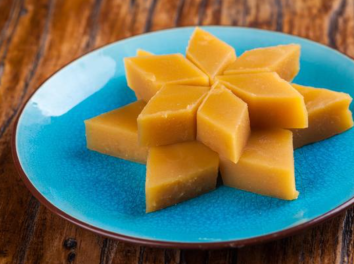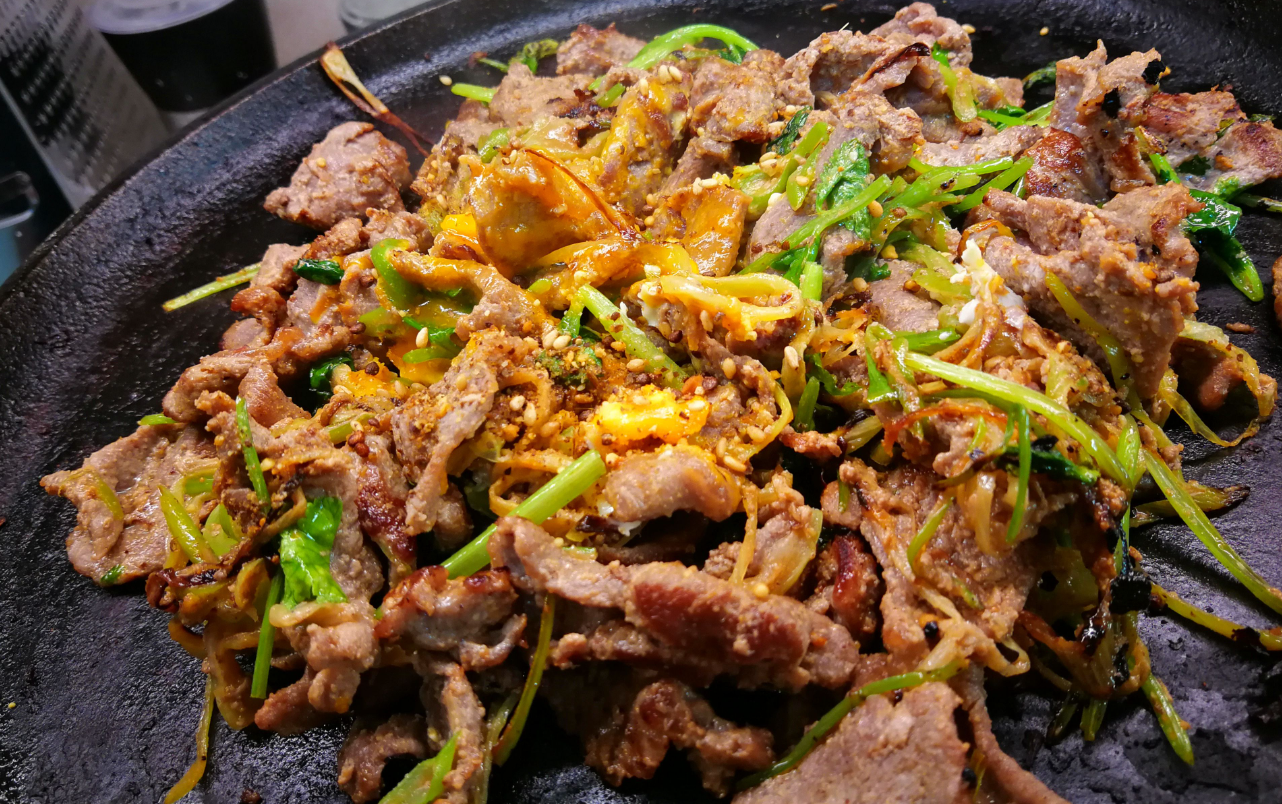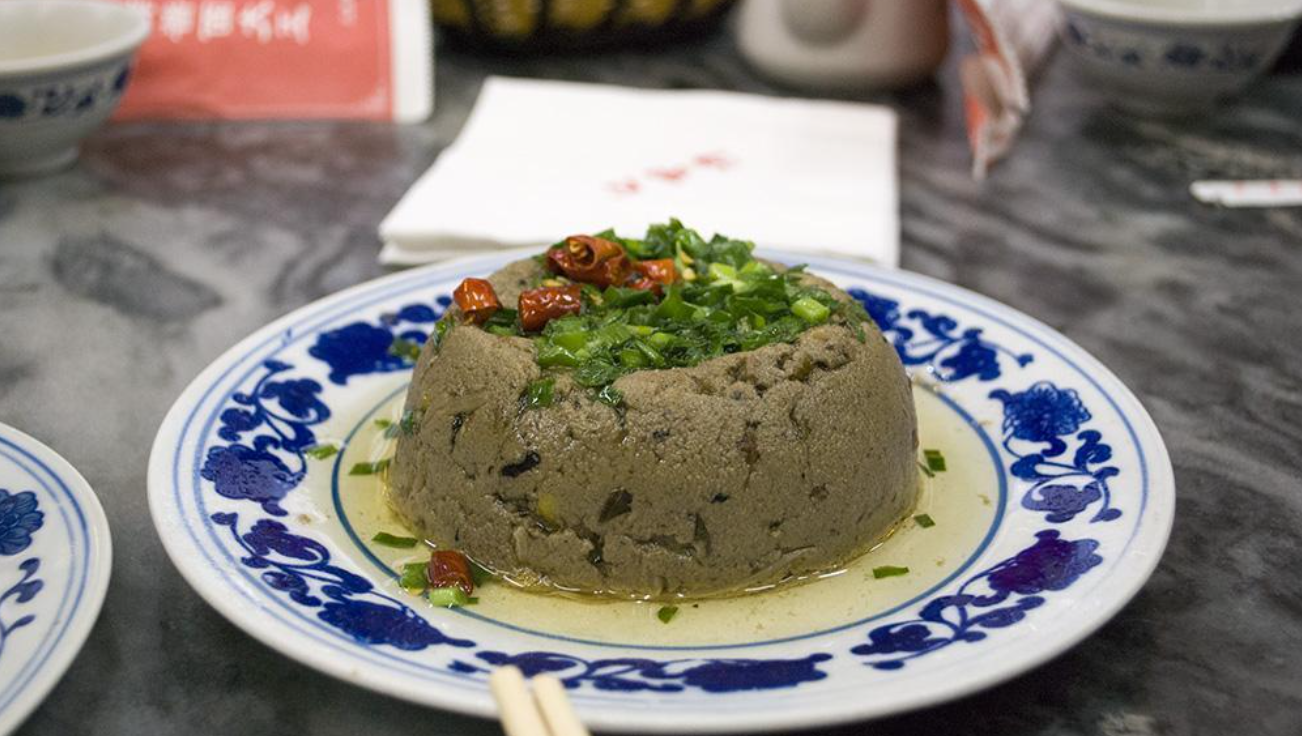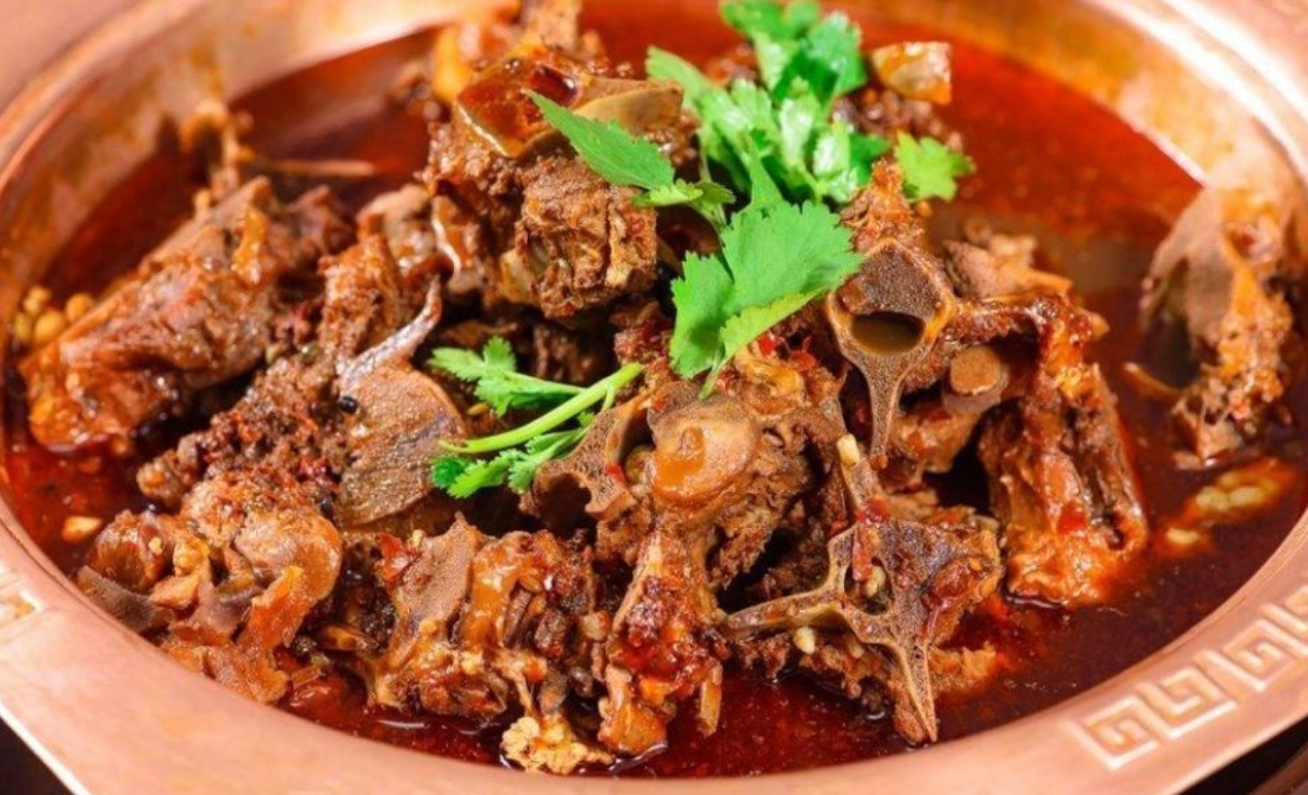Mutton Hot Pot
1、Main Ingredients
Mutton: This is the core ingredient of Mutton Hot Pot. High-quality mutton is crucial. Generally, mutton from Inner Mongolia and other places is used, such as the upper part of the sheep's neck (Yang Shangnao), the upper part of the hind leg (Da Sancha), the front leg part (Xiao Sancha), the rump (Mo Dang), and the tenderloin (Huanggua Tiao). The Yang Shangnao has tender meat with evenly distributed fat, showing a marble pattern. The Da Sancha is located on the upper part of the sheep's hind leg, with thick and fleshy meat. The Xiao Sancha is on the front leg part, with more fat. The Mo Dang has relatively tender meat, mainly lean. The Huanggua Tiao has tender meat with almost no fat, and a refreshing texture.
2、Accessory Ingredients
Broth: The traditional broth for Mutton Hot Pot is a clear broth. It mainly consists of ginger slices, scallions, goji berries, red dates, and mushrooms. It is simple and pure, which can highlight the freshness of the mutton to the greatest extent.
Dipping Sauce: The classic dipping sauce is the sesame paste dipping sauce. It is made mainly of sesame paste, with the addition of leek flower paste, fermented bean curd (furu), shrimp oil, chili oil, scallion slices, and coriander leaves. The sesame paste is rich and mellow. The leet flower paste and fermented bean curd add unique flavors. The shrimp oil enhances the freshness. The chili oil brings a hint of spiciness. The scallion slices and coriander leaves add a fresh fragrance.

Taste
Mutton Hot Pot mainly tastes fresh. The mutton boiled in the clear broth has a pure taste without being masked by too many seasonings. It only has a faint mutton fragrance. After dipping in the sesame paste dipping sauce, the taste becomes rich and diverse. The mellow of the sesame paste, the salty freshness of the leet flower paste, the slight acidity of the fermented bean curd, and the flavors of other seasonings blend together, making each bite of mutton full of flavor.
Texture
The mutton from different parts has different textures. The tender Yang Shangnao has a delicate and soft texture, with an obvious feeling of melting in the mouth. The thick and fleshy Da Sancha has a certain chewiness while still being tender. The Xiao Sancha with rich fat has a smooth texture when eaten. The Mo Dang has a compact and tender texture. The Huanggua Tiao has a refreshing and elastic texture.
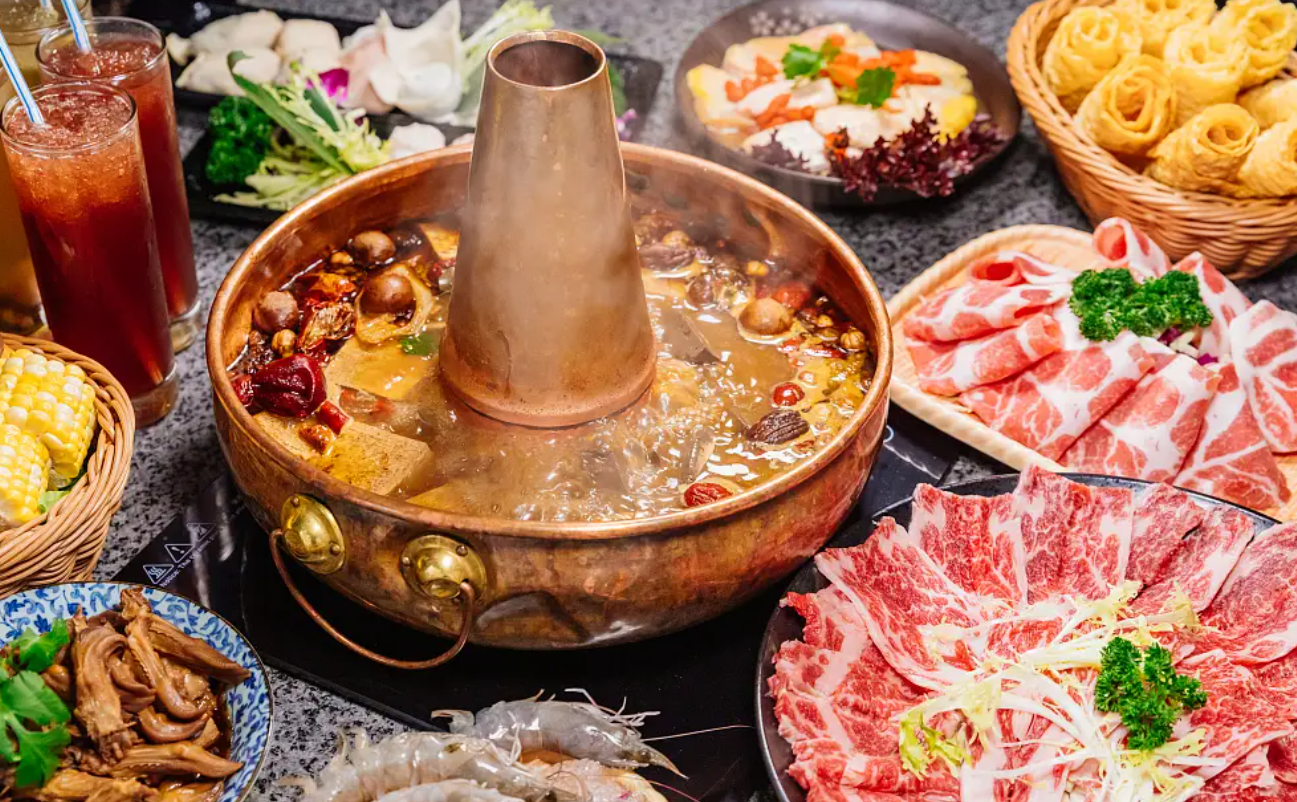
Mutton Processing: First, divide the mutton according to different parts, and then cut the mutton into thin slices. This requires high knife skills. The thin mutton slices can be quickly boiled and have a better texture. The cut mutton slices need to be neatly arranged on the plate for boiling.
Broth Making: When making the clear broth, first pour water into the pot, add ginger slices, scallions, goji berries, red dates, and mushrooms, and slowly boil it over a low fire to fully integrate the flavors of various ingredients into the broth.
Boiling Process: Place a copper pot (traditionally used for Mutton Hot Pot) on the charcoal fire to keep the clear broth slightly boiling. Use chopsticks to pick up the mutton slices and put them into the pot to boil. The boiling time depends on the thickness of the mutton slices and personal preferences. Generally, it takes a few seconds to more than ten seconds. When the mutton slices change color and are slightly curled, they can be fished out and dipped in the prepared dipping sauce to eat.
previous: Baishui Yangtou
next: Yangxiezi

